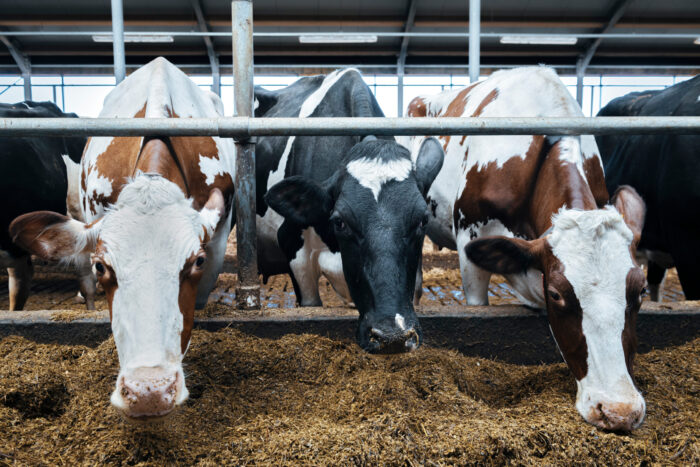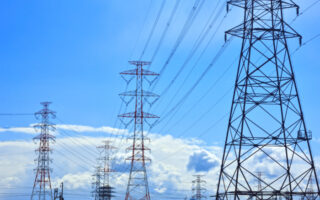In the hunt for sustainable and environmentally sound projects, manure digesters are receiving a lot of attention for their role in greenhouse gas emission reduction from dairy operations. Manure anaerobic (oxygen free) digesters collect manure from livestock and turn it into a useable fuel product — biogas and reusable byproducts — digestate. Processing the manure in anaerobic digesters uses microorganisms to digest the organic material in the manure, producing methane gas in the process.

Manure in, cleaner fuel out
The produced biogas is a renewable fuel that can be used on the farm that produces the manure or can be put in a distribution pipeline and sold along with other natural gases. The digestate, which is the solid left over from the process, is used as fertilizer, livestock bedding, or soil amendments. It has a higher value as fertilizer and contains fewer pathogens than unprocessed manure.
How can farms begin using digesters?
Under the National Pollutant Discharge Elimination System (NPDES), the anaerobic digesters are generally permitted the same way that a conventional farm wastewater discharge permit, which is based on the number of animals or the amount of manure that might be generated. Under the methane-capturing process, the digester becomes just another part of farm operations, meaning that any releases from the digester are the responsibility of the farm, even if the digester is owned by another entity. In addition, if the digester is part of the farm permit, then usually, the digester is prohibited from accepting manure from offsite sources. If the digester operator is not the owner of the farm or wishes to accept manure or other wastes (like food wastes from restaurants), then the digester may need an individual NPDES permit. Other permits to operate the digester system may be required, such as air emissions or tanks, depending on the size of the digester.
Dairy farms responding to market signals
California dairy farms have been leading in energy efficient initiatives with those in the Midwest following suit, with government funding available to many to help support these transitions towards farms reducing greenhouse gas emissions. Broadly, farms have also benefited from increased revenue from selling the methane produced in this process, clean-energy tax credits, and improved reputation while helping meet federal and state-led clean energy goals. Use of this technology had expanded to processing food wastes from restaurants, breweries, and manufacturers, which diverts this waste from disposal in landfills.
Braun Intertec assists companies that build and operate digesters in several states across the US. We work with companies to help them determine what environmental permits are needed for the digesters, as well as estimating the costs and timing of obtaining those permits. To learn more about how businesses are integrating sustainable initiatives into their existing operations, click here to watch our webinar on the topic.


